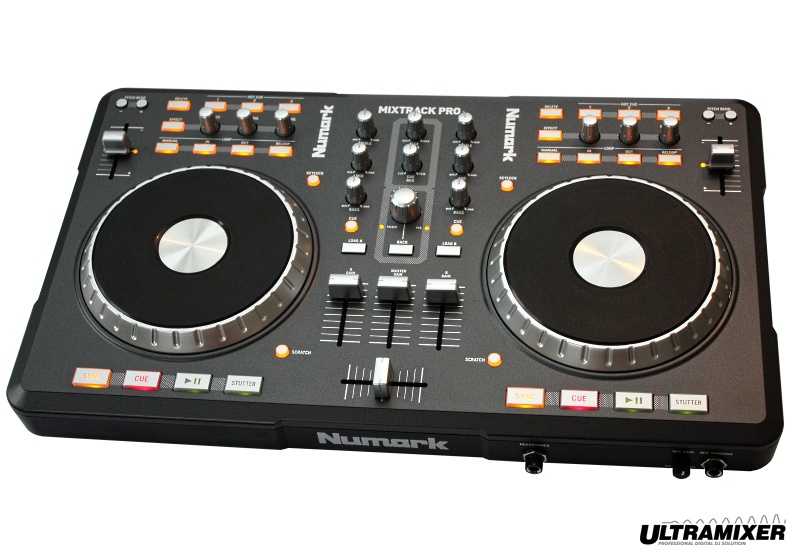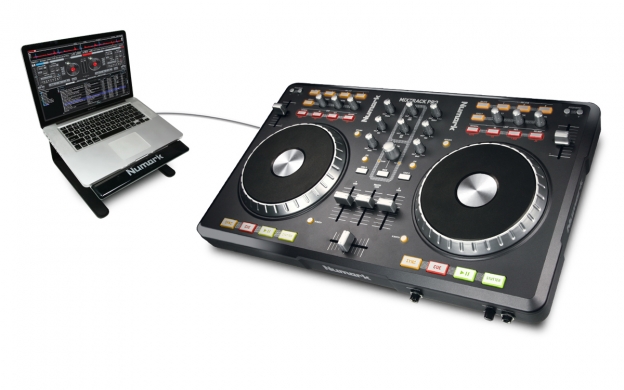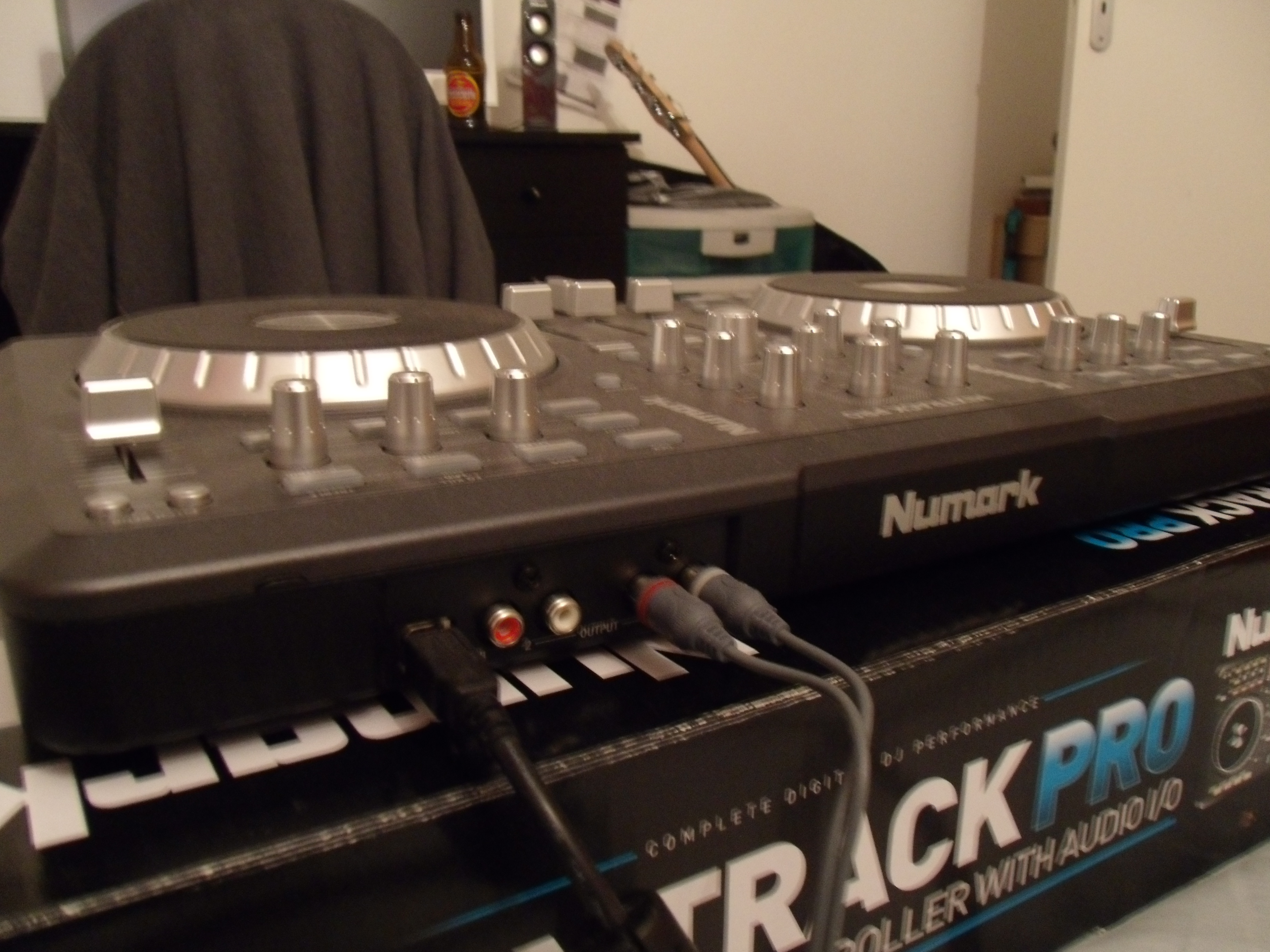

You can’t really go wrong with a 24-bit, 44.1 kHz sound card.

The overall sound is quality, to say the least. The high-resolution, touch capacitive 6-inch jog-wheels have a well-balanced touch and response as well. I do appreciate the feel of the performance pads not having a click to them – and they also have a really nice response when you hammer away on them.Īll the other buttons – including the sync, cue, and play – do have a solid-feeling click to them. I’m not the biggest fan of how thin the EQ and level knobs are, and this is coming from someone who has petite fingers. The tension of the pitch fader is a little heavy, but it makes sense being that the controller is compact. Playing on the new Mixtracks: the feel + the soundįor the most part, the faders and knobs all feel sturdy and thoughtfully manufactured.
N umark mixtrack pro#
These are simple MIDI controllers, so there’s no reason “deck select” couldn’t also be on the Pro FX as well, except for feature segmentation on different priced units. Without four channel strips this means that four deck mixing will be much more limited, but it’s nice to have the option.Įditor’s Note: What’s interesting is that limiting the four-deck control to the Platinum FX unit purely an integration limitation. One other critical distinction: the Platinum FX controller has deck select, so it’s capable of 4-deck mixing (just tap shift + Deck Select to toggle control), while the Pro FX is only a two deck unit. The Pro FX jog wheels have markers for precision cue point placement, whereas the Platinum FX’s wheels have a color display that showcases the BPM, time, and key of the track playing on each deck. One key feature that tells the Pro FX and Platinum FX apart is the displays at the center of each platter – or lack thereof. The Pro FX decks (left) compared to the Platinum FX decks (right). At first, it may feel a bit backwards, but you’ll get accustomed quickly. For those that are used to a symmetrical layout, have no fear. Instead of each deck mirroring each other, they now replicate one another – in the same style you would find mixing on a two-player-and-mixer setup. If you’re a current owner of a Mixtrack or you’ve had other compact controllers (besides anything Pioneer- or Roland-related), you’ll notice that a major layout change is the deck design. Remember, these are budget-minded entry-level controllers, so we’re reviewing these with that lens in terms of performance and build quality. More details each of these new features in the review, continued below.įirst, here’s the basic breakdown of each.

On the performance pads, besides your typical hot cues, loops, and samples, Numark also dropped something never seen before: fader cuts. A side-by-side look at the Mixtrack Pro FX ( left) and the Mixtrack Platinum FX ( right) – photo: Freddie FiersĪ few common features that caught my eye were the instant loop buttons, the paddle triggers (taken from Numark’s Scratch mixer), and thick low-pass and high-pass filter knobs. To a passing glance, they pretty much look the same. While the two new Mixtrack Pro FX and Platinum FX are each unique, the first thing to stand out to me were a lot of similarities across the two controllers. The new generation of Mixtrack: what’s been upgraded? The new budget-minded DJ controllers have some exciting new features added and some taken away from the previous models. DJTT contributor Freddie Fiers takes a dive into both products with her thoughts. Last month, Numark released two new Serato controllers into the Mixtrack family – the Numark Mixtrack Pro FX and the Platinum FX.


 0 kommentar(er)
0 kommentar(er)
